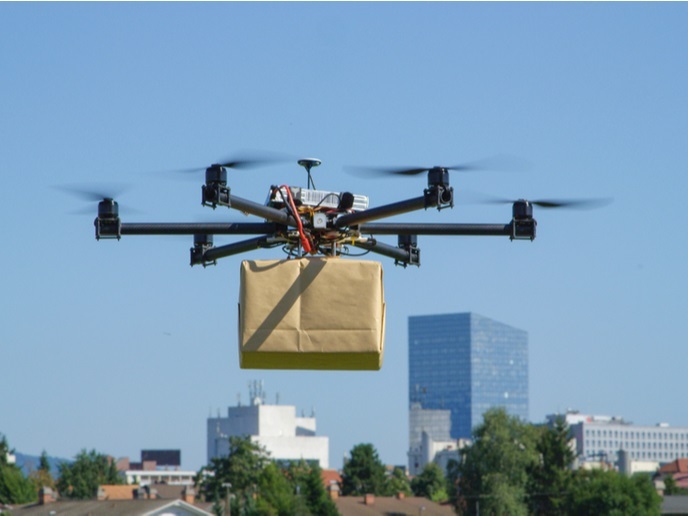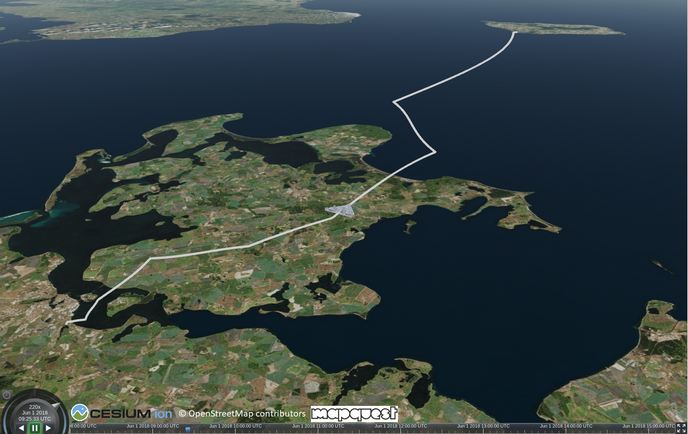Safely and efficiently integrating drone traffic into very low-level airspace
The European Commission has outlined a vision called U-space for the phased introduction of procedures and services to support safe, efficient and secure access of unmanned aircraft systems (UAS) or drones to the airspace. The European Aviation Safety Agency(opens in new window) (EASA) states that the regulation of drones should be proportional, operation-focused, progressive, and risk and performance based. EUROCONTROL(opens in new window) produced a draft high-level operational concept to describe the air traffic management (ATM) environment in which manned and unmanned aircraft must safely coexist. Rather than being a technical manual or blueprint, this technology-independent vision statement defines the outcomes required for integrating drones into the ATM system of the future. “However, an operational concept does not specify how things will be enabled,” explains Luca Bellesia, coordinator of the EU-funded CORUS(opens in new window) project. “That is the job of a lower-level document, such as a concept of operations (ConOps).”
ConOps addresses different elements of future drone operations
The CORUS team delivered a ConOps(opens in new window) that describes how European drone traffic should operate in U-space. The focus is on the safe operation of drones in both controlled (e.g. airports) and uncontrolled very low-level (VLL) airspace – less than 150 m above ground level. This ConOps is a first attempt to conceptually define and create a widely accepted reference ConOps for U-space that allows drone operations to be safely and efficiently integrated into VLL airspace. It builds upon work undertaken by agencies like EASA and NASA, and of experts from different national aviation authorities. The project advisory board included recognised drone experts from these institutions. “We implemented a balanced, interdisciplinary approach that combines specific expertise in both UAS traffic management and ATM, drone technology, and drone operator needs and requirements,” notes Bellesia. “Such an approach helps provide a flexible framework for definition of the safe cohabitation and sharing of airspace between manned and unmanned systems, without unnecessarily constraining the necessary technologies.” This allows the continued dynamic development of these technologies and the economic potential of the drone market. Project partners outlined 31 U-space services required for the phased introduction of U-space. They defined three different types of VLL airspace, explaining the different services provided by these, the different access requirements for each and the types of operation that may be performed in them.
Ensuring safety of all airspace users, people, the environment and ground infrastructure
Team members also produced the Methodology for the U-Space Safety Assessment that identifies and mitigates risks posed by drone operations. It considers both operator and airspace perspectives. Three workshops presented CORUS outcomes to the U-space community and were an opportunity for project members to gather valuable feedback. CORUS gives a user’s perspective of U-space so that drones can ultimately realise their full potential. “The project isn’t the final definition of a U-space ConOps,” concludes Bellesia. “What it is is an important first look at which services will be needed for drones to fly safely in VLL airspace and how this airspace should be organised.” CORUS was funded within the framework of the SESAR Joint Undertaking(opens in new window), a public-private partnership set up to modernise Europe’s ATM system.







